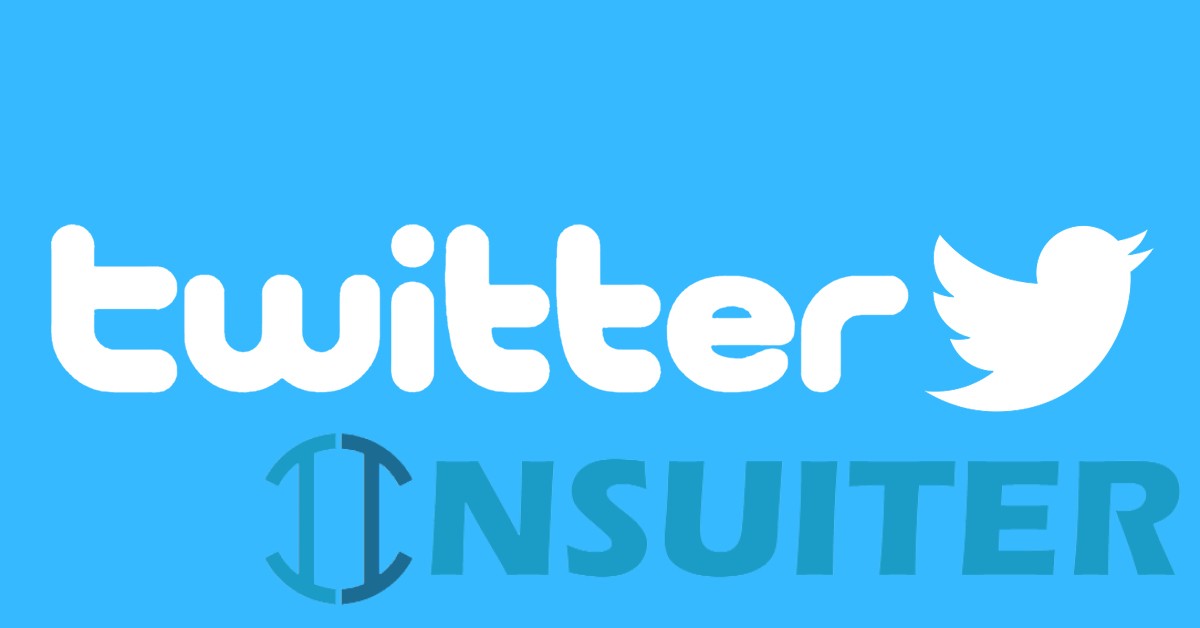How To Find Who You Are Following On Twitter
Twitter is all about who you follow. It is the most crucial component of the network. You follow someone, retweet their tweets, and assist them in growing. Understanding how to follow people on Twitter is critical for your online success. This involves learning how to check who you’re following, who to unfollow, how to balance your following and followers, and a variety of other skills.
Finding Out Who You’re Following
The number of followers on your account is the most important aspect in determining its popularity. It functions similarly to other social media networks that rely on followers. It’s as easy as going to your profile to see how many people you’re following. Swipe from the left on the mobile/tablet app. Navigate to the Profile tab on the desktop.
You’ll be able to check how many people you’re following and how many people are following you from this page. Following may be accessed by clicking or tapping the button. This will provide a list of all the profiles you are following.
You may unfollow individuals from this screen. To the right of each profile in the list, click or touch the Following button. You’ve successfully unfollowed the profile in question if you confirm. You may return the favor by clicking/tapping Follow.
Observing Who Is Following You
The Followers part is located on your Twitter profile, just next to the Following section. Followers displays a list of individuals who follow you. You may follow or unfollow them from this screen, based on your preferences.
Looking at this screen will show you who has recently followed you. Keep in mind that you do not want to follow back everyone who has begun to follow you for a number of reasons.
Keeping Your Following and Followers in Check
Yes, the quantity of followers you have has a significant impact on the popularity of your account. On Twitter, for example, 5k followers is a good number. Having 5k followers while following 2k individuals at the same time, on the other hand, communicates a different narrative.
Have you heard of the follow-for-follow growth strategy? It is essentially based on randomly following people’s accounts in order to obtain follow-backs. Many individuals will not follow you back just because you followed them. Many individuals, though, will. This is why some Twitter users continue to utilize this strategy.
But isn’t it real growth? Well, if you take your time getting those numbers and unfollow them on a regular basis, you’ll end up with a decent following/followers ratio. But you must ask yourself, “What is my plan here?”
Are you interested in selling your Twitter account to someone? It’s not unheard of for people to do this. But keep in mind that you’ll have to put in a lot of effort to achieve a high follower count while still unfollowing them.
This strategy will not work if your goal is to broaden your reach and get your/your company’s name out there. Why? Because following for the sake of following will not result in a natural following.
The Importance of Having a Natural Audience
‘Natural following’ is quite self-explanatory. Your followers are interested in your content/product/service. But how can you build a genuine following? First and foremost, you must have a decent concept. But this isn’t about Twitter, so let’s move on.
Second, you must entice your audience with high-quality, regular material. It is critical to have a social media strategy as well as a publishing schedule. But, truly, this goes beyond Twitter. We’re getting into business strategy territory here.
So, what is the significance of natural following? Because you have no intention of selling your Twitter account. You’re utilizing Twitter as a means to a goal rather than as a byproduct of your job.
Non-natural followers are unlikely to respond to your postings. They will not retweet or connect with you. And this is the essence of Twitter. Creating a community based on your fan base.
Identifying Who Has Unfollowed You
The ability to see who has unfollowed you on Twitter would be a tremendous feature. Not so you can pout by unfollowing them as well. But that’s because each unfollow gives you a narrative. A narrative about your own target audience. If they depart, you may go through their Twitter account to see what they’ve been retweeting and who they’ve been following. This will educate you about the kind of following you don’t want.
If the individual who unfollowed you happens to be a direct match for your target demographic, you’re doing something wrong. It’s time to look in the mirror and reconsider how you conduct yourself on Twitter.
Analyzing you unfollows might reveal a lot. Unfortunately, Twitter does not have an official tool that tells you when someone unfollows you. There isn’t even a list of profiles who have lately unfollowed you.
Apps from Third Parties
True, third-party applications do not inspire a lot of confidence. However, you should be aware that many organizations and celebrities on Twitter use these programs to promote their profiles.
These applications not only notify you when someone unfollows you, but they also show a more detailed glimpse of those who haven’t followed you back.
These applications provide you with more detailed views of the profiles of folks you haven’t followed back, those you’ve blocked/muted, and so on.
In reality, utilizing third-party applications for this, as well as things like post scheduling across different platforms, is self-evident. Make no mistake: these tools are being used by all of the major names.
Conclusion
On the surface, the Twitter following seems to be a simple matter. In actuality, there are several nooks and crannies to handle. You must be clear about what you want to do with your Twitter profile and utilize the various third-party tools to your advantage. There is a lot of science behind Twitter following and follows.

